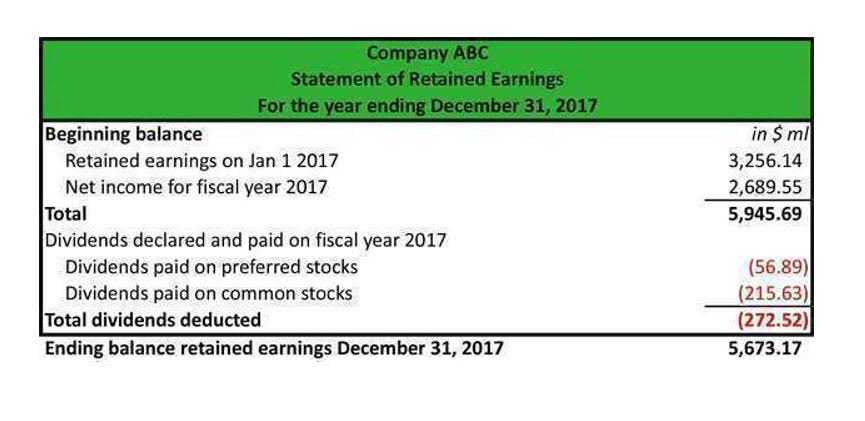
This is consistent with the rule that asset accounts, like Cash, have a normal debit balance. Generally, expenses are debited to a specific expense account and the normal balance of an expense account is a debit balance. The exceptions to this rule are the accounts Sales Returns, Sales Allowances, and Sales Discounts – these accounts have debit balances because they are reductions to sales. Accounts with balances that are the opposite of the normal balance are called contra accounts hence contra revenue accounts will have debit balances. After reviewing the feedback we received from our Explanation of Debits and Credits, I decided to prepare this Additional Explanation of Debits and Credits. In it I use the accounting equation (which is also the format of the balance sheet) to provide the reasoning why accountants credit revenue accounts and debit expense accounts.
Balance Sheet: Explanation, Components, and Examples
Knowing the normal balance of accounts for each account type will help you understand how debits and credits affect each type of account. Thus, if you want to increase Accounts Payable, you credit it. Having a clear understanding of the normal balance of different accounts is essential for maintaining accuracy and consistency in accounting practices.

Advantages and Disadvantages of Debit Balances
On the other hand, the accounts QuickBooks payable account will usually have a negative balance. A glance at an accounting chart can give you a snapshot of a company’s financial health. This means that when you make a debit entry to an asset account. While a debit balance occurs when the debits exceed the credits. Different accounting systems and ways of dealing with depreciation and inventories will also change the figures posted to a balance sheet.

Tricky Question: Is Unearned Revenue a Contra Account?

In double-entry bookkeeping, the normal balance of the account is its debit or credit balance. A balance sheet is also limited due to its narrow scope of timing. The financial statement only captures the financial position of a company on a specific day. Looking at a single balance sheet by itself may make it difficult to determine whether a company is performing normal debit balance examples well. For example, imagine a company reports $1,000,000 of cash on hand at the end of the month.
- Hopefully this will give you a deeper understanding of the terms debit and credit which are central to the 500-year-old, double-entry accounting and bookkeeping system.
- Let’s recap which accounts have a Normal Debit Balance and which accounts have a Normal Credit Balance.
- For example, during the period from September 2021 through September 2024, Apple Inc.’s (AAPL) stock price rose from around $143 per share to around $227 per share.
- For example, a contra asset account such as the allowance for doubtful accounts contains a credit balance that is intended as a reserve against accounts receivable that will not be paid.
- At the same time, Accounts Payable (a liability) is credited for $10,000, respecting that liabilities have a Normal balance of credit.
- An income statement account for expense items that are too insignificant to have their own separate general ledger accounts.
- Modern tools like QuickBooks, Xero, NetSuite, Bench, Pilot, and FreshBooks make it easier to keep track of account balances.
- Understand the concept of normal balance in accounting and its significance in finance.
- If an account has a Normal Credit Balance, we’d expect that balance to appear in the Credit (right) side of a column.
- Preferred stock is assigned an arbitrary par value (as is common stock, in some cases) that has no bearing on the market value of the shares.
Let’s say there were a credit of $4,000 and a debit of $6,000 in Bookkeeping for Etsy Sellers the Accounts Payable account. Since Accounts Payable increases on the credit side, one would expect a normal balance on the credit side. However, the difference between the two figures in this case would be a debit balance of $2,000, which is an abnormal balance.


Recent Comments